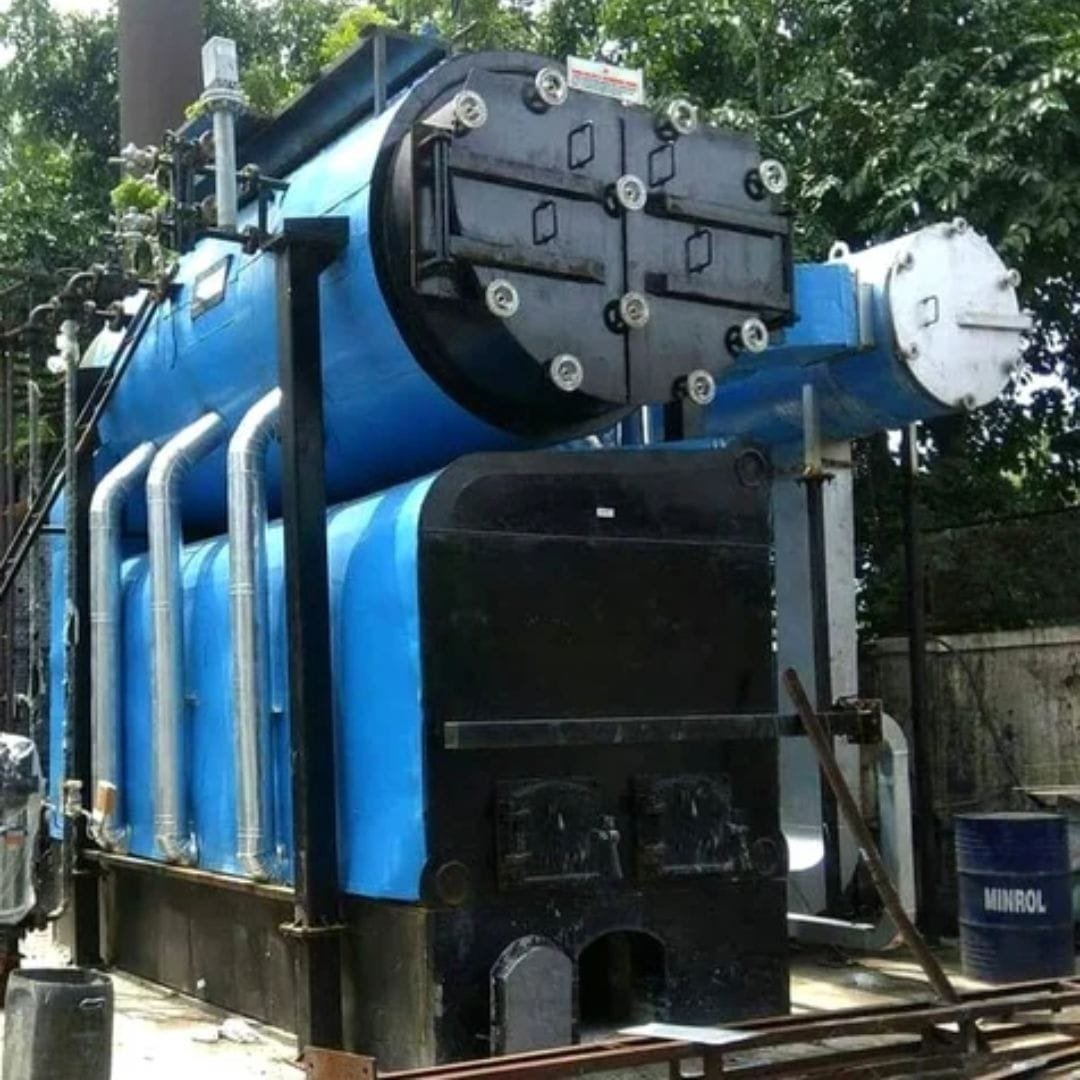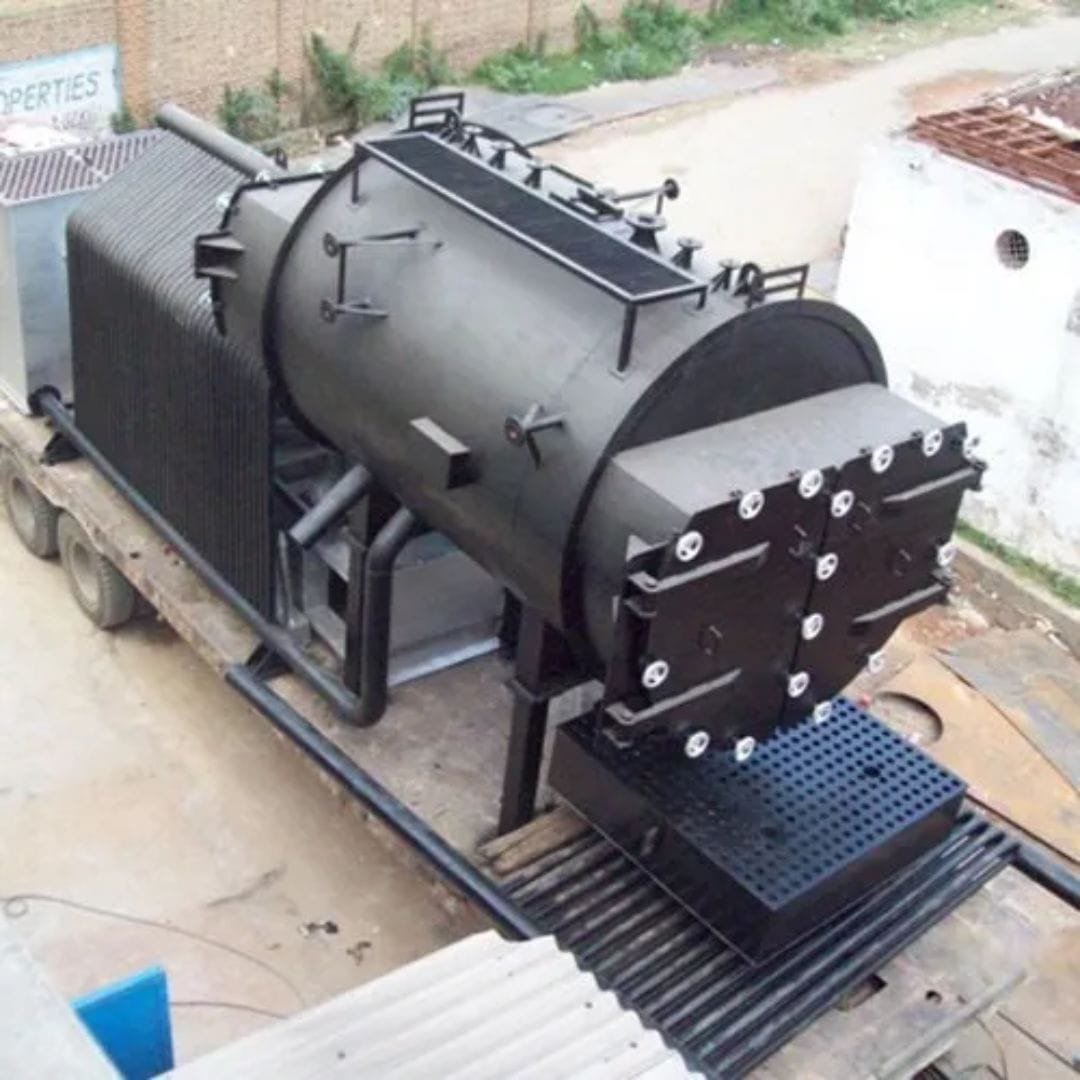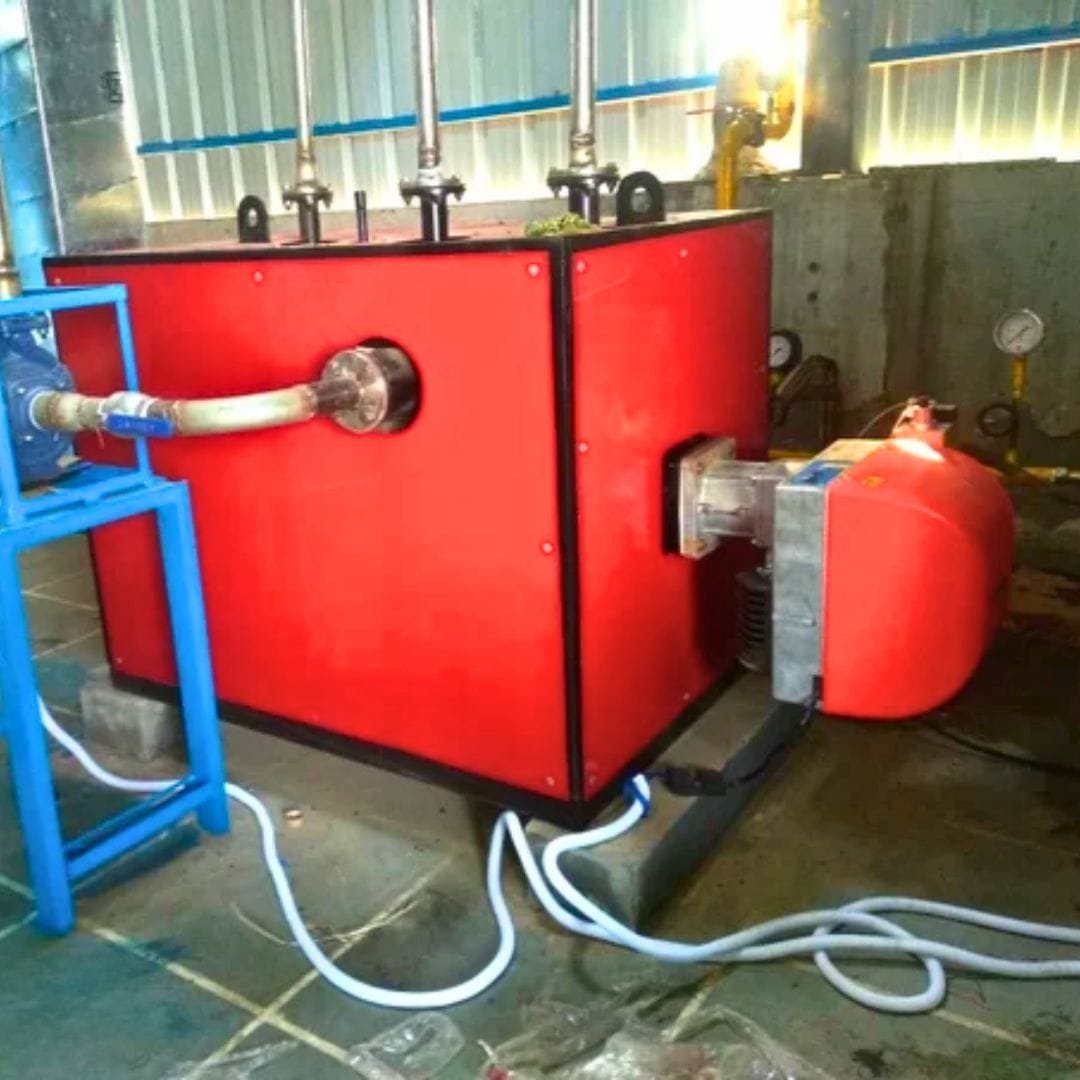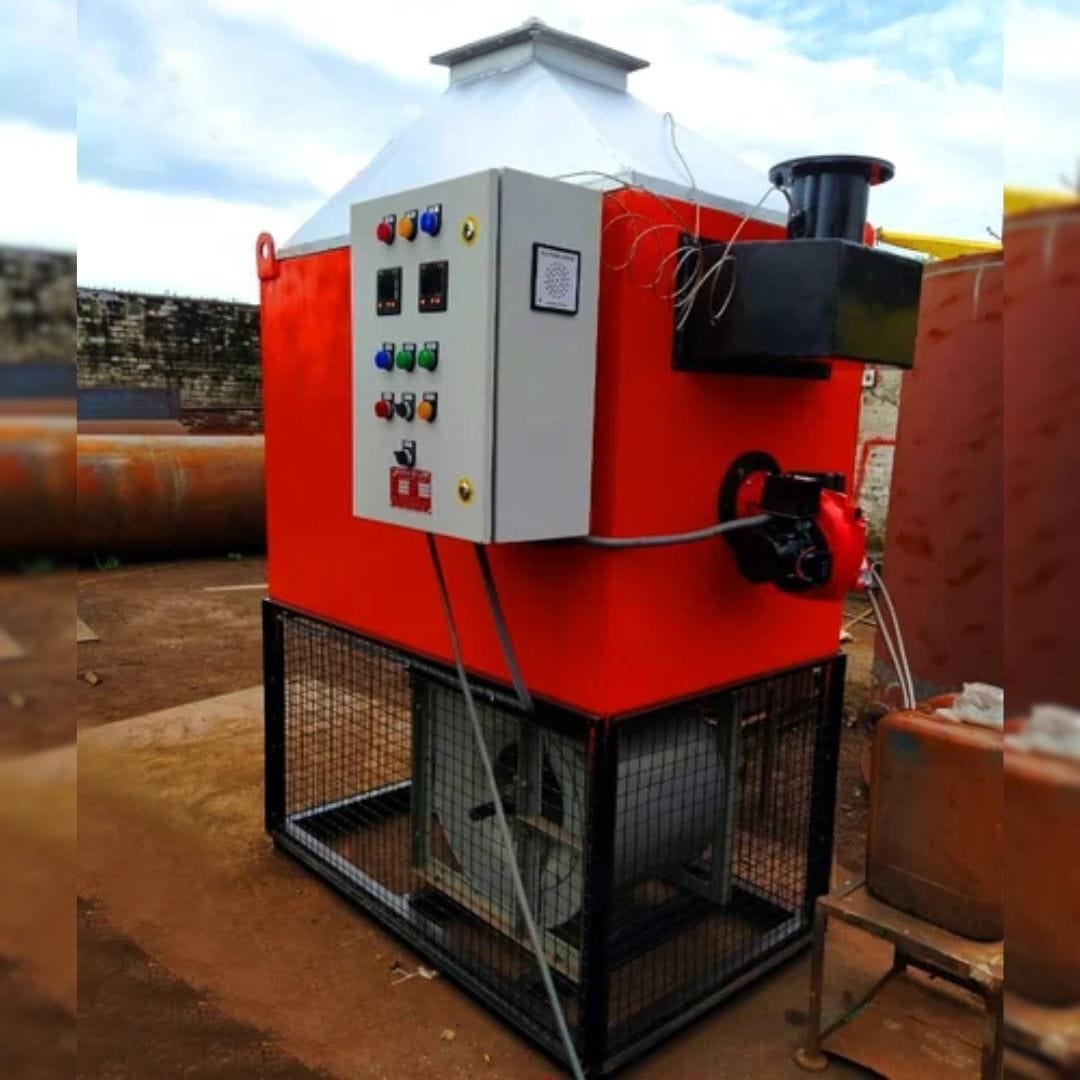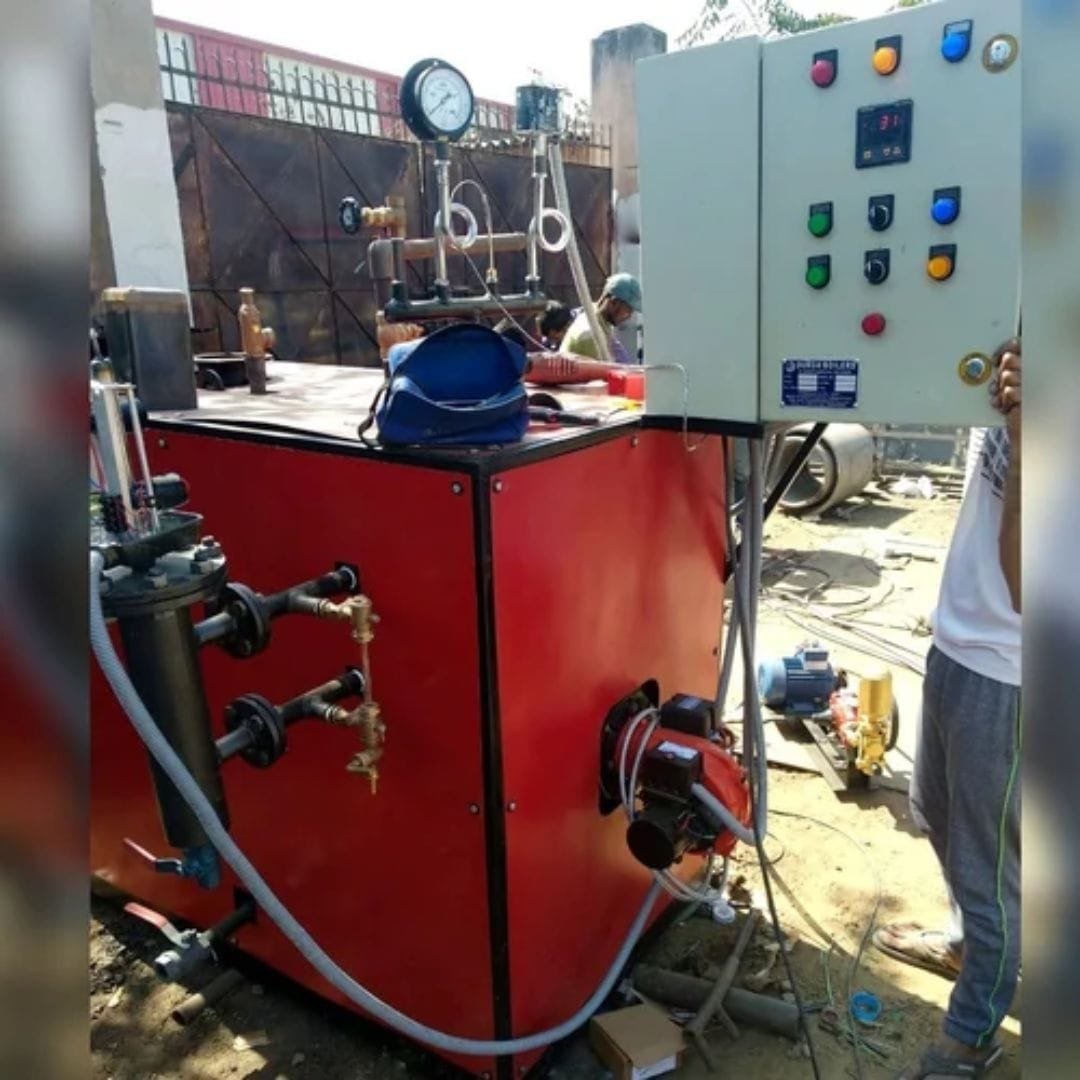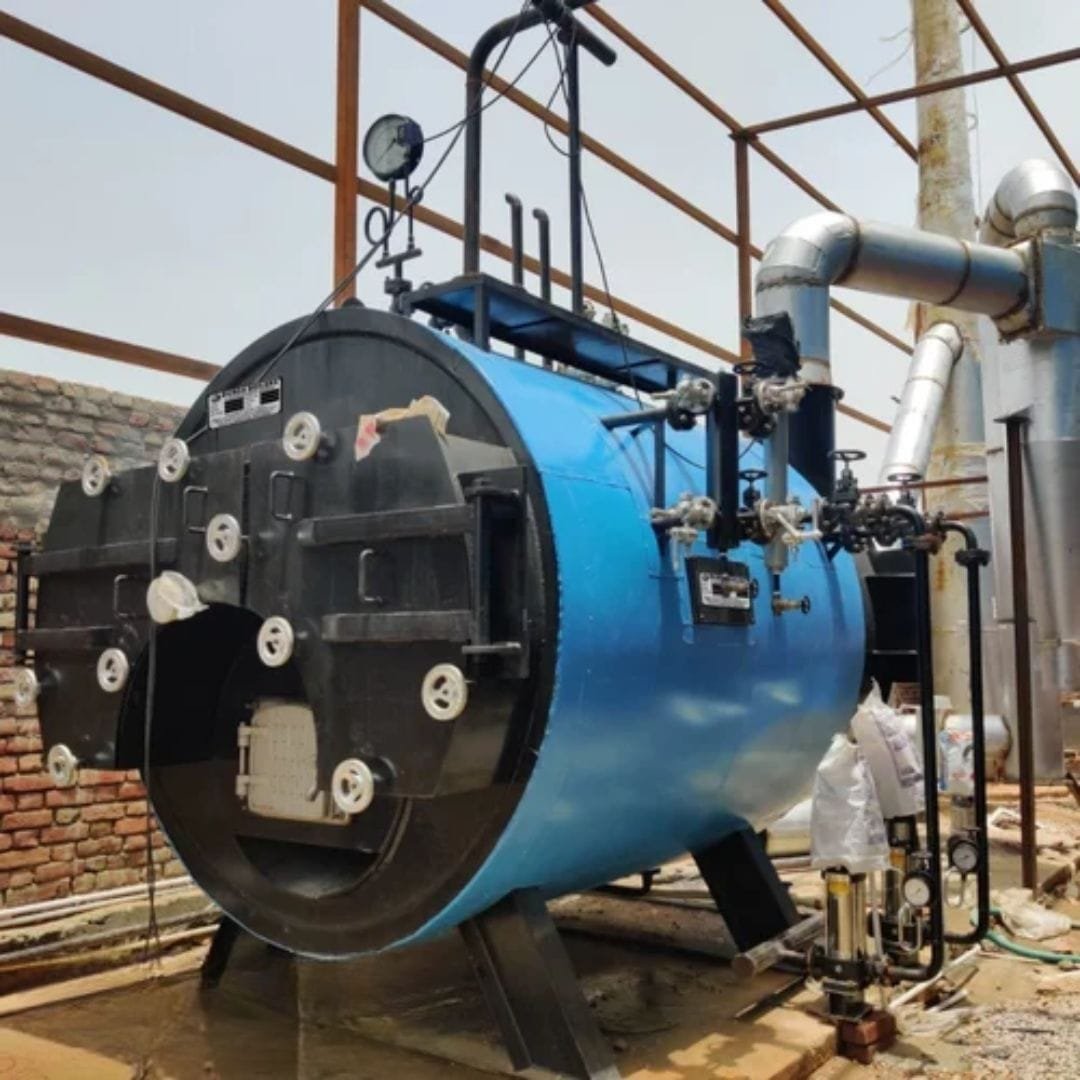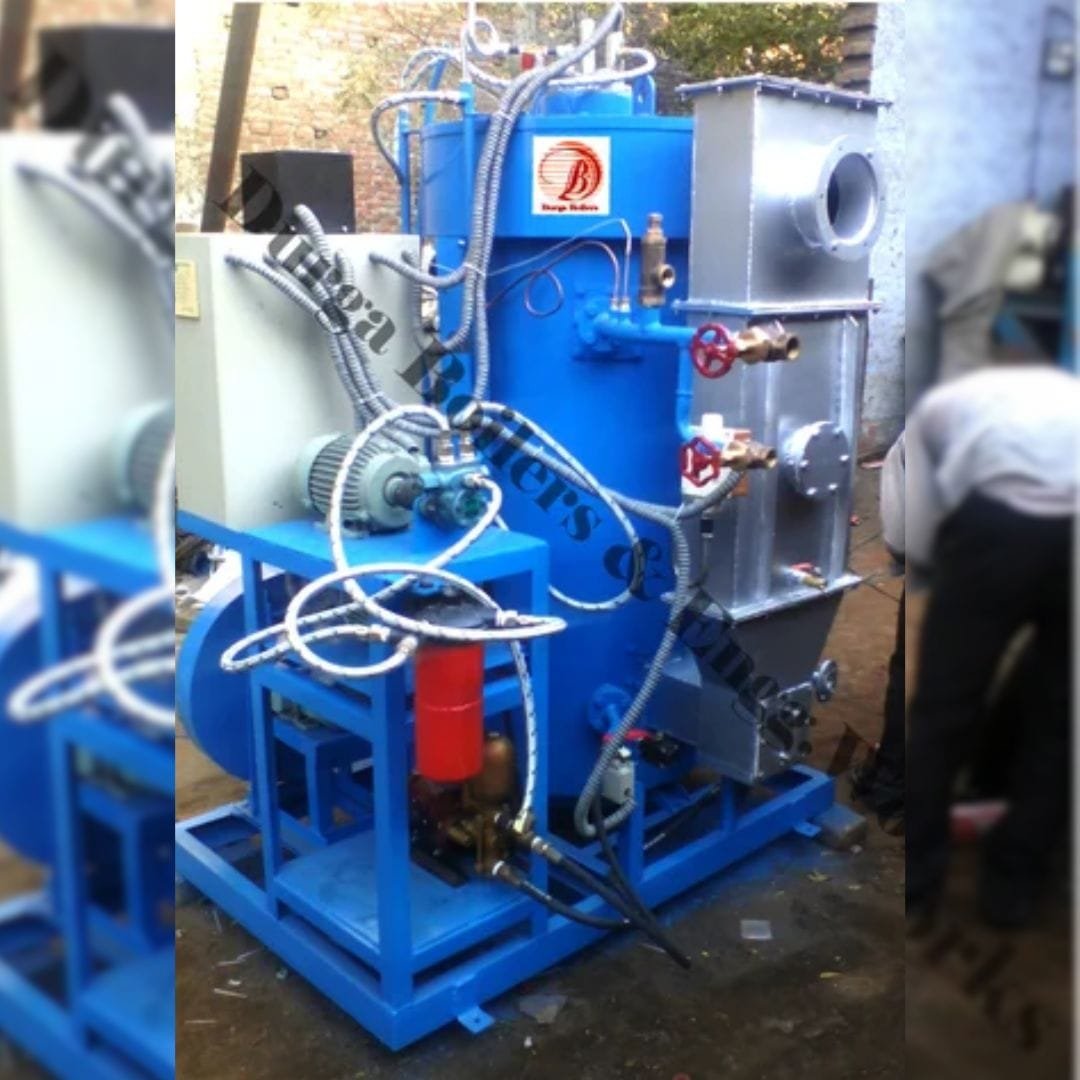Whenever we talk about a boiler, the boiler alone does not determine its efficiency. Many types of accessories are also associated with the boiler which improve its efficiency and performance. These accessories play an important role in the smooth operation of the boiler and energy saving. In this blog, we will understand in detail:
- What are the boiler accessories?
- Boiler Accessories List
- Understanding through Boiler accessories diagram
- Function of boiler accessories
Also Read : Steam Power Plant : Exploring the Working Principle, Components, and Diagram
What are the Boiler Accessories?
Boiler accessories are the devices that are added to the boiler to increase its efficiency. These are not directly considered a part of the boiler body, but without them the boiler cannot work as effectively. The main purpose of boiler accessories is:
- To increase the steam generating capacity of the boiler
- To save fuel
- To make operation easier
- To improve safety and maintenance
- Boiler Accessories List
Let us now look at a detailed Boiler Accessories List, which are used in most boilers:
- Economizer
- Air Preheater
- Superheater
- Feed Pump
- Injector
- Steam Separator
- Steam Trap
- ID Fan (Induced Draft Fan)
- FD Fan (Forced Draft Fan)
- Blow-off Cock
All these accessories have different functions. Let us understand them in detail.
1. Economizer – The function of the economizer is to recover the heat of the flue gases coming out of the boiler chimney and use that heat to preheat the feed water.
Function of boiler accessories (Economizer): It increases fuel efficiency and reduces fuel consumption.
In the boiler accessories diagram, the economizer is always shown between the boiler and the chimney.
2. Air Preheater – Air Preheater is also a heat recovery device like the economizer. In this, air is preheated with the heat of flue gases, which is supplied to the combustion chamber.
Combustion of fuel with preheated air is more efficient.
This increases the efficiency of the boiler by 2–3%.
3.Superheater – The function of the superheater is to convert saturated steam into superheated steam. It converts steam at higher temperature but at the same pressure.
Function of boiler accessories (Superheater): It increases the energy of steam, which improves the efficiency of turbines or engines.
In the boiler accessories diagram, it is installed on the steam pipe coming out of the boiler drum.
4. Feed Pump – The function of the feed pump is to supply water to the boiler. It sends feed water to the boiler drum at high pressure.
Without a feed pump, the boiler cannot work continuously.
It can be mechanically or electrically operated.
5. Injector – Injector is a special type of device which sends feed water to the boiler using the kinetic energy of steam.
It works without moving parts.
It is very useful in low pressure boilers.
6. Steam Separator – The job of the Steam Separator is to remove the moisture present in the steam.
Function of boiler accessories (Steam Separator): It supplies dry steam, which prevents erosion in the turbine and increases efficiency.
7. Steam Trap – Steam Trap removes the condensate but does not let the steam go.
This keeps the piping system efficient.
In the boiler accessories diagram, it is shown on the steam line.
8. Induced Draft Fan (ID Fan) – ID Fan works to remove the flue gases from the chimney. It creates negative pressure in the boiler furnace.
It maintains the proper circulation of gases in the furnace.
9. Forced Draft Fan (FD Fan) – FD Fan supplies fresh air in the combustion chamber.
Function of boiler accessories (FD Fan): It maintains the air-fuel ratio required for proper combustion.
10. Blow-off Cock – The function of Blow-off Cock is to remove the impurities and sediments deposited in the boiler.
It is important for the safety and maintenance of the boiler.
Boiler Accessories Diagram
In the boiler accessories diagram, all these devices are shown according to their position.
Economizer and Air Preheater are located in the flue gas path.
A superheater is installed at the steam outlet.
Feed Pump and Injector supply water to the boiler drum.
Steam Separator and Steam Trap are on the steam line.
ID Fan and FD Fan are part of the air/flue gas circuit of the boiler furnace.
Function of Boiler Accessories
Now let us briefly see what is the function of boiler accessories:
- Economizer & Air Preheater → Fuel saving and increasing efficiency
- Superheater → Making steam superheated
- Feed Pump & Injector → Supplying feed water to the boiler
- Steam Separator & Steam Trap → Supplying dry steam
- ID Fan & FD Fan → Proper combustion and flue gas circulation in the furnace
- Blow-off Cock → Boiler cleaning and safety
Conclusion
Now you must have understood what the boiler accessories are and what is their importance. These accessories used with the boiler not only make the boiler efficient but also increase its life.
In this blog we learned:
- Boiler Accessories List
- Boiler accessories diagram
- Function of boiler accessories
If you are looking for any type of boiler and its accessories then Durga Boilers & Engineering Works is the trusted name for you. We provide high-quality boilers and accessories that meet the needs of every type of industry.




